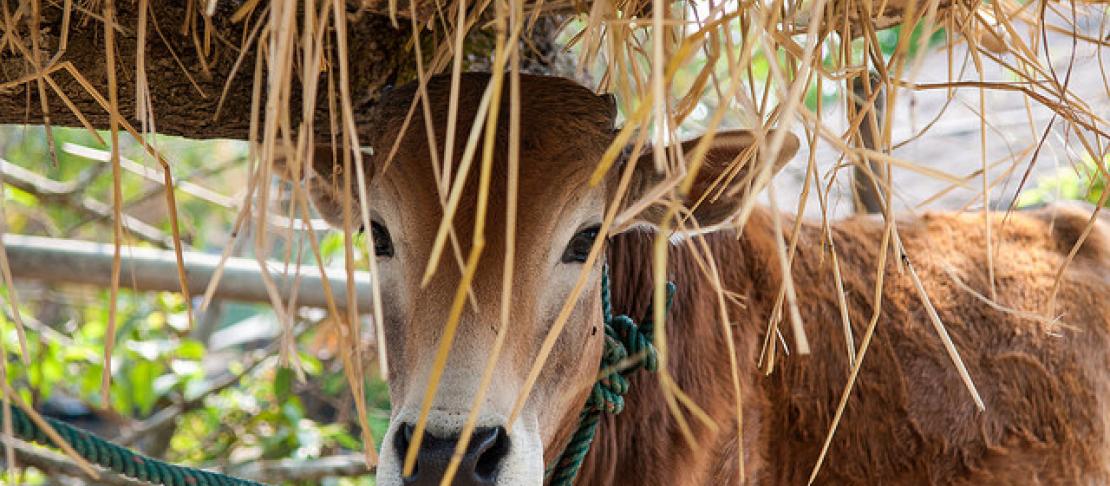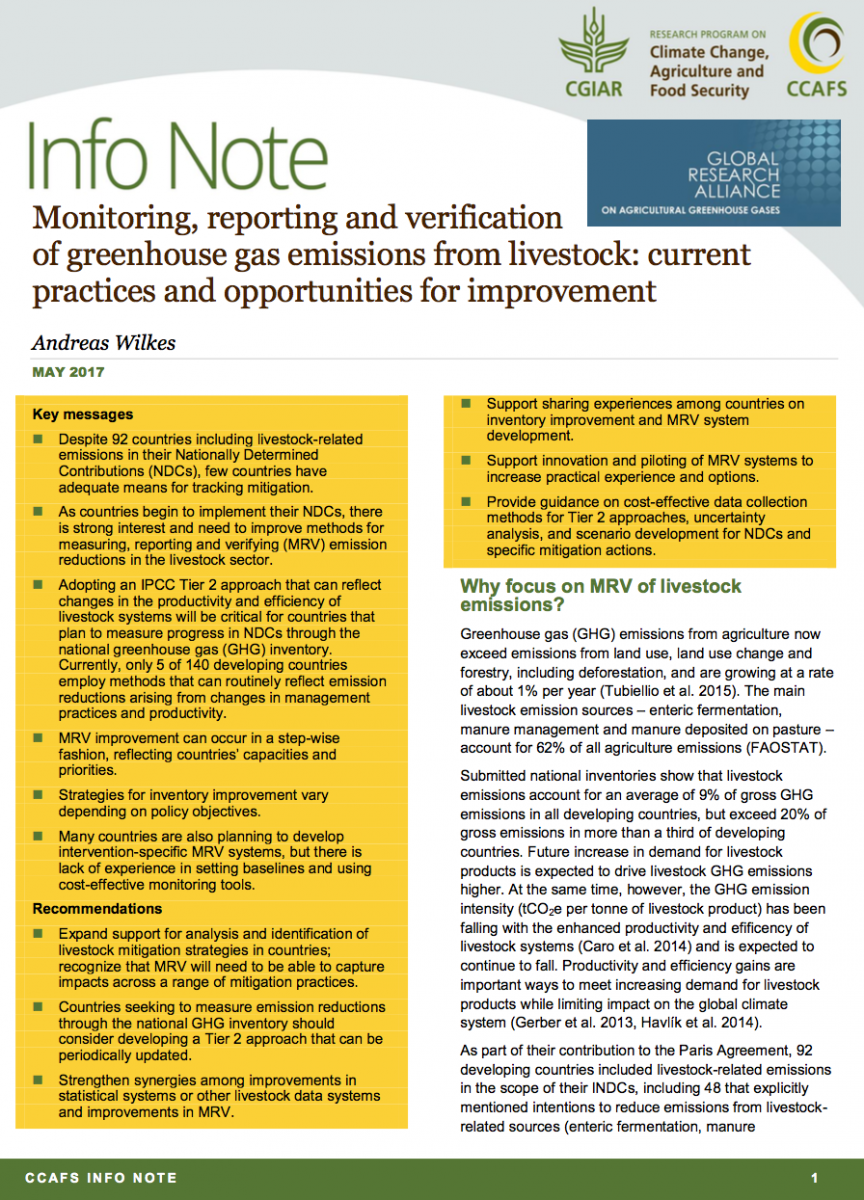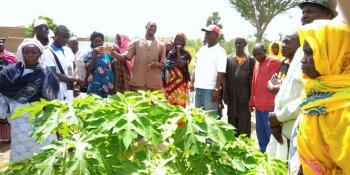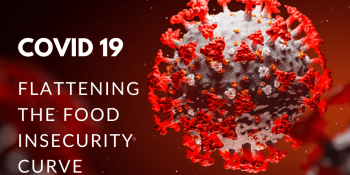Guidance for national- and activity-level reporting of greenhouse gas emissions and mitigation in the livestock sector

As countries begin to implement the Paris Agreement, many need to improve systems to track mitigation in the livestock sector.
In their Intended Nationally Determined Contributions to the Paris Agreement, 92 developing countries mentioned livestock-related emissions, and 48 of the 92 explicitly mentioned intentions to reduce emissions from livestock-related sources such as enteric fermentation, manure management and biogas, and grasslands and silvopastoral systems. But how do countries plan to document reduced emissions?
The Paris Agreement requires countries to submit national greenhouse gas (GHG) inventory reports, information on implementation and achievement of NDCs, account for their NDCs, and climate finance requires reliable estimates. Countries have monitoring, reporting and verification (MRV) systems to meet these requirements, but many MRV systems lack completeness, consistency, accuracy or transparency. While no global, one-size-fits-all livestock MRV system is possible, and countries and projects have flexibility in how they shape their MRV systems, all MRV systems must be scientifically robust, feasible, and relevant to their context and policy goals.
 As of February 2017, only 5 developing countries have MRV methods in place that can measure emission reductions in livestock resulting from changes in agricultural management practices or increases in productivity, found researcher Andreas Wilkes of UNIQUE Forestry and Land Use in Monitoring, reporting and verification of greenhouse gas emissions from livestock: current practices and opportunities for improvement, an info note published by CCAFS this month.
As of February 2017, only 5 developing countries have MRV methods in place that can measure emission reductions in livestock resulting from changes in agricultural management practices or increases in productivity, found researcher Andreas Wilkes of UNIQUE Forestry and Land Use in Monitoring, reporting and verification of greenhouse gas emissions from livestock: current practices and opportunities for improvement, an info note published by CCAFS this month.
Given the pressing need for improved livestock MRV systems, CCAFS, UNIQUE Forestry and Land Use, the Global Research Alliance on Agricultural Greenhouse Gases (GRA) and the Food and Agriculture Organization of the United Nations (FAO) – with support from the New Zealand government, the United States Agency for International Development (USAID) and the World Bank – are studying opportunities for improved MRV systems to enable developing countries to meet their mitigation goals. Key findings and recommendations are available in this info note; and a full report in English, French, and Spanish is expected later in 2017.
National GHG inventory approach: Tier 2 is necessary to capture mitigation
Many countries use a “Tier 1” approach for estimating GHG emissions from livestock. This approach uses fixed values for GHG emissions per head of livestock, so changes in emissions only reflect changes in livestock populations. If countries shift to a Tier 2 approach, they will be able to capture the effects of changes in management practices and productivity on GHG emissions. A Tier 2 approach requires more detailed information on different categories of animal and data on livestock weight, weight gain, feed digestibility and other factors, and periodic updates would be needed. Read more about benefits of advanced greenhouse gas inventories for livestock.
When countries adopt or improve a Tier 2 approach to improve national GHG inventories, they often need to improve institutional cooperation (cross-sector collaboration) and invest in human resource and technical capacities (to improve cost-effective data collection and uncertainty analysis, for example). The report makes specific suggestions for improvements to national GHG inventories in the areas of a) policies, institutions and supporting conditions and b) methods.
Intervention-specific MRV systems
The report shows that most developing countries are still establishing policies and implementation measures supporting mitigation in the livestock sector. For example, though 48 developing countries mention livestock mitigation in their INDCs and 76 national communications mention livestock mitigation, only 19 developing countries have a nationally appropriate mitigation action (NAMA) proposed or being implemented.
 Number of developing countries expressing intention or engaging in livestock mitigation actions (Figure 2, Wilkes 2017)
Number of developing countries expressing intention or engaging in livestock mitigation actions (Figure 2, Wilkes 2017)
The report suggests that improving MRV of mitigation actions would benefit from:
- Guidance on good practices in baseline and mitigation scenario analysis.
- Further development of assessment tools (e.g. Global Livestock Environmental Assessment Model - GLEAM) to improve software capabilities and transparency.
- Testing of MRV systems and innovations
- Case studies of methods used in MRV at national, sub-national and project levels
- Regional and cross-regional exchange workshops.
Next steps
The report benefited from the experiences of 32 livestock and/or MRV experts from both developing and developed countries, who deliberated on a draft discussion paper and provided insights on countries’ concerns, constraints and plans at a workshop in February 2017. A comprehensive, peer-reviewed report will be published later this year.
There is a high level of awareness that improved national GHG inventories and MRV systems can help countries meet their livestock development and climate policy goals, but strategies for improvement may vary depending on what those goals are,” said author Andreas Wilkes of UNIQUE Forestry and Land Use.
At this stage, countries have the opportunity to develop MRV systems appropriate to their contexts and objectives. Developing countries and their international partners should consider:
- Expanding support for analysis and identification of livestock mitigation strategies in countries, recognizing that MRV will need to be able to capture impacts across a range of mitigation practices.
- Strengthening synergies among improvements in statistical systems or other livestock data systems and improvements in MRV.
- Supporting sharing experiences among countries on inventory improvement and MRV system development.
- Supporting innovation and piloting of MRV systems to increase practical experience and options.
For more information, please contact CCAFS low emissions development research.
Download the info note: Monitoring, reporting and verification of greenhouse gas emissions from livestock: current practices and opportunities for improvement. CCAFS Info Note.
Julianna White is the program manager for CCAFS Low Emissions Development research.



